Products Description
Understanding Fake IDs: What They Are and How They Work
Fake IDs are a global phenomenon, especially common among students, travelers, and others seeking identification for a variety of purposes. They are made to resemble legitimate government-issued IDs, but are typically not issued by any official government agency. Despite the word "fake," many of the IDs in use today use advanced scannable technology, holograms, and security features that can replicate official IDs with amazing accuracy. Here's a look at what fake IDs are, why people seek them out, and how technology is evolving to make them as close to real IDs as possible.
What is a fake ID?
A fake ID is any identification document that mimics or replicates an official ID but is not produced by a government or approved organization. These IDs can range from simple plastic cards to complex, highly detailed replicas that include scannable features. Common types of fake IDs include driver's licenses, state IDs, and even green cards or Social Security numbers (SSNs).

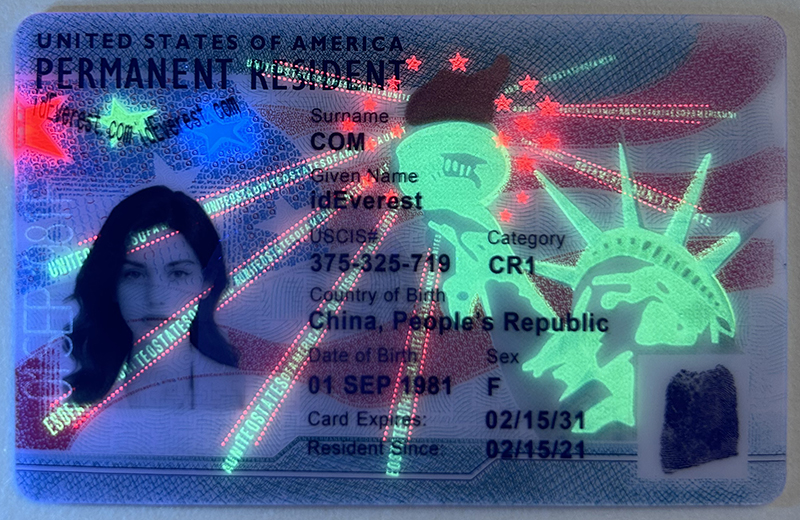




The word "fake" doesn't necessarily mean a poorly made card. In fact, high-quality fake IDs have sophisticated features, including holograms, magnetic stripes, and barcodes, making them look and feel very close to official IDs. For example, IDs like the California Scannable ID or the New York Fake ID are made with realistic designs and materials that closely resemble actual state-issued IDs.








Why Do People Use Fake IDs?
There are a variety of reasons why people use fake IDs, and their motivations are often situational or indirect. Some of the most common reasons include:
Age-restricted access: One of the main reasons people seek out fake IDs is to gain access to age-restricted venues, such as bars, clubs, or concerts, or to purchase products such as alcohol or tobacco. This use is particularly common among college students and young adults.
Employment and Housing: For new immigrants who don't have a government-issued ID or haven't yet received official documentation, fake IDs can be used to rent an apartment or find a job. For example, a fake US green card or US Social Security number can be a great help to individuals looking to access specific services or avoid bureaucratic delays.
Travel: Some people seek IDs that can help them travel more freely, especially if they don't have official documentation. These IDs may allow them to travel domestically by plane or public transportation in certain areas, as many places require proof of identity for travel-related services.
Simplifying bureaucratic processes: In some cases, people obtain fake IDs to simplify interactions in situations that require identification, such as signing up for a membership, accessing a financial institution, or renting a car.
How Fake ID Technology Evolves
With the advancement of digital and print technology, fake IDs have become more sophisticated than ever. Modern fake IDs are often designed with a variety of security features, including scannable technology that mimics the magnetic stripe or QR code found on real IDs. Let's take a look at some of the most common security features used in high-quality fake IDs:
Scannable barcodes and magnetic stripes: Scannable IDs, such as the Florida Scannable ID or the Ohio Scannable ID, use a magnetic stripe or barcode to store information, just like a real state ID. These can be scanned in a variety of venues to verify the user's age or other details.



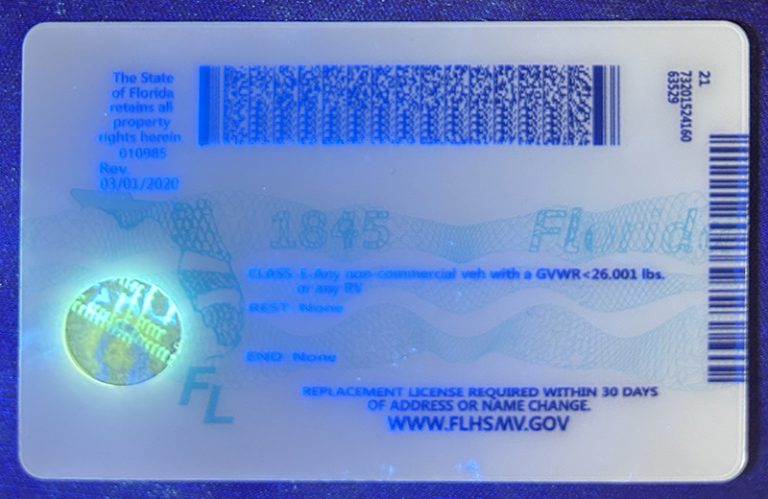

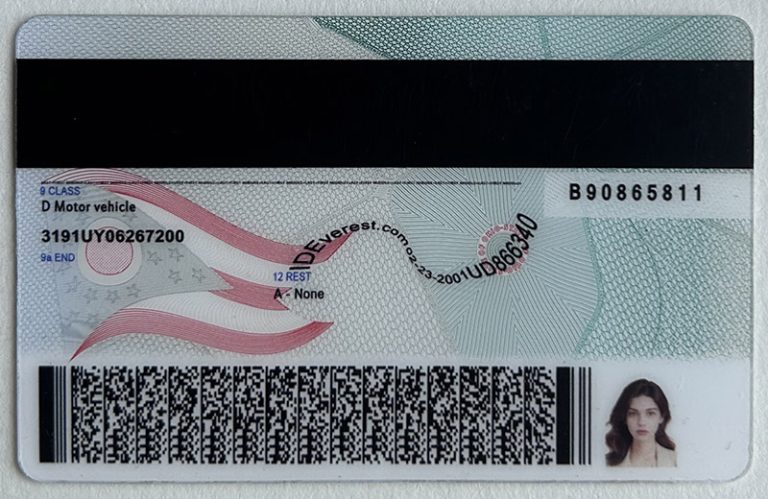


Holograms and UV features: Holograms and UV ink features are often embedded in IDs to add authenticity. High-quality fake IDs replicate these holographic overlays that are unique to each state or ID type. Under UV light, these details look just like they would on a real ID, helping fake IDs pass visual inspection.
Microprinting and Fine Details: Many fake IDs now include microprinting - tiny text that is barely visible to the naked eye, but replicates the actual text on a real ID. Microprinting is often added to the border of the card to enhance the authenticity of the ID.
Advanced Printing Technology: Fake ID manufacturers use high-resolution printers to capture the color, layout, and feel of a real ID. The combination of high-quality printing and plastic materials makes the cards durable and professional looking.
Legal Considerations
While fake IDs are made to replicate real IDs, it is important to understand that there may be legal consequences for using or making fake IDs under local and national laws. In many places, possession or use of a fake ID may result in fines, penalties, or more severe consequences. However, some people obtain fake IDs not to engage in illegal activities, but simply to gain access to age-restricted venues or to simplify service access.
For anyone considering using a fake ID, it is important to research the laws and regulations in their area. Understanding the restrictions and intended use of any ID is essential to avoid unexpected complications.
The Future of Fake IDs
As governments and agencies continue to improve the security features of official IDs, the fake ID industry has also made progress. Modern IDs are already very resistant to counterfeiting. However, technological advances mean fake IDs are also evolving, including:
Biometric data: Some fake IDs now attempt to mimic biometric features, such as photo matching and facial recognition. While these technologies are difficult to replicate, the industry continues to adapt.
Mobile and digital IDs: Digital wallets and mobile IDs are growing in popularity, and as more people rely on smartphones for identification, the future of fake IDs may shift to digital formats.
In the evolving field of identification, fake IDs remain an interesting study in technology, human behavior, and security. For some, these IDs are a means to everyday convenience, while for others, they are just a stepping stone to a greater goal.

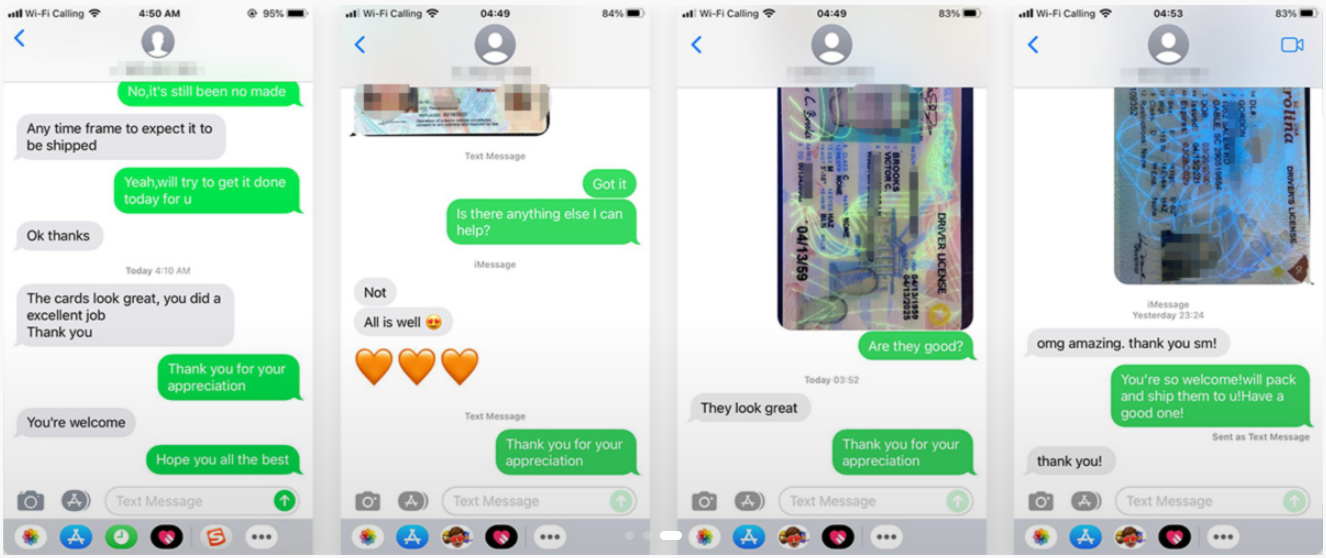

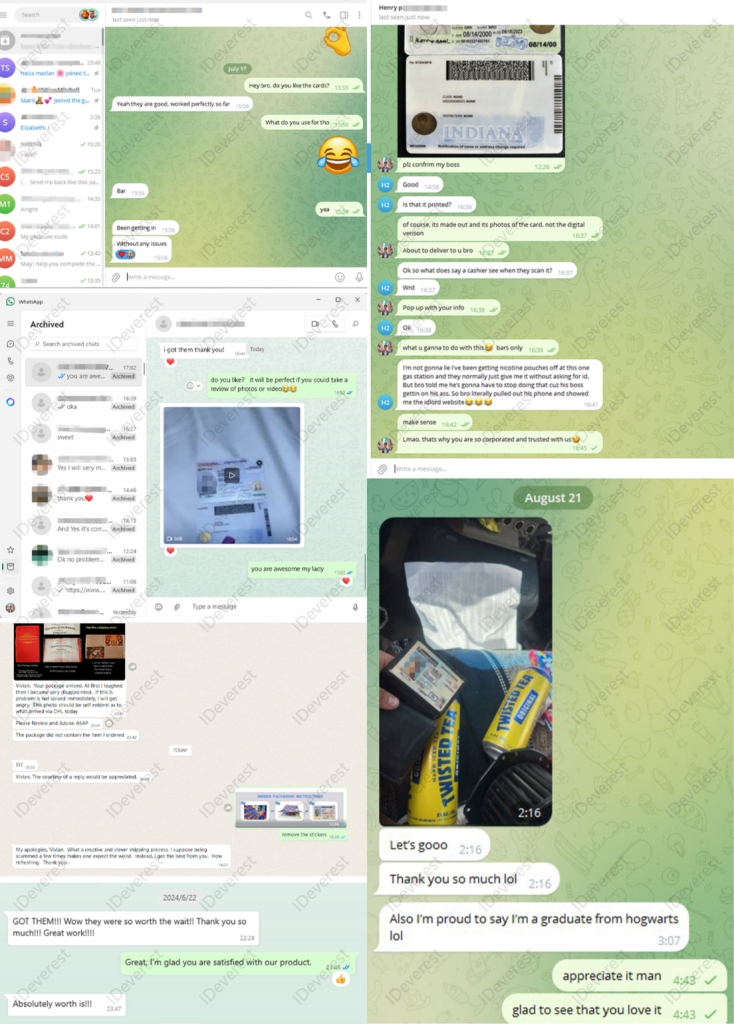








Tags:
You like

Personalized ID cards Illinois

Fake ID Reviews

illegal identification

Illinois Fake ID Market

